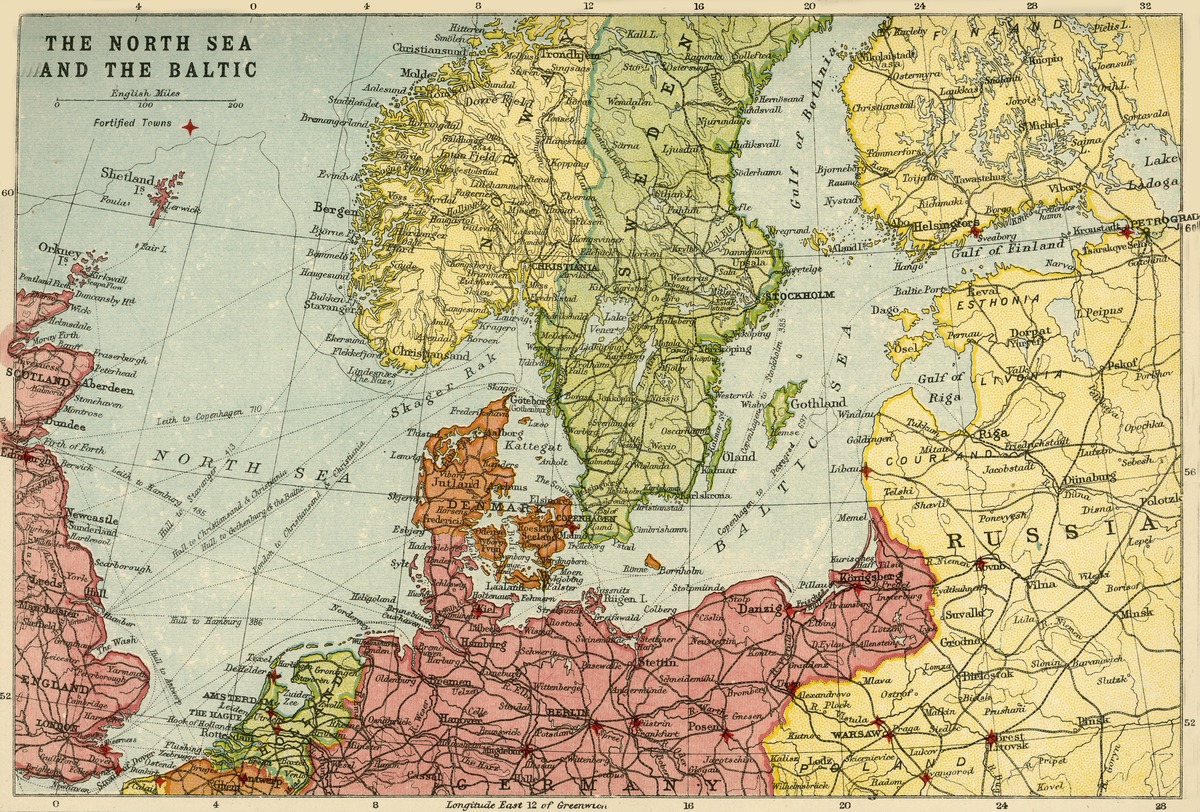Rome vs. Medieval Europe: A Comparison of Two Eras
Rome vs. Medieval Europe: A Comparison of Two Eras
Introduction
The Roman Empire and medieval Europe stand as two monumental chapters in the history of Western civilization. Each period boasted unique cultures, political systems, and societal arrangements, setting them apart. While the Roman Empire was a sprawling empire of the ancient world, medieval Europe encompassed a period from the 5th to the 15th century. This essay will delve into the contrasts and comparisons between Rome and medieval Europe, highlighting their distinct characteristics.
Political Structures
One of the most striking differences between the two eras lies in their political structures. Rome operated as a republic, with a system of checks and balances designed to prevent any single individual from amassing absolute power. The Roman government was split into two branches: the Senate, responsible for legislation, and the People's Assembly, which elected public officials.
Medieval Europe, on the other hand, was defined by feudalism, a political system centered around a hierarchy of power between nobles and peasants. Under this system, the king bestowed land upon nobles in exchange for loyalty and military service. The nobles, in turn, granted land to peasants, who worked the land in exchange for their own sustenance. This feudal system created a rigid social structure with the king at the apex, followed by the nobles, and then the peasants.
Religion
Religion served as another crucial point of divergence between Rome and medieval Europe. Rome was a polytheistic society, its religion characterized by a pantheon of gods and goddesses. Romans believed these deities controlled every aspect of life, from weather patterns to fertility. Their religious practices involved elaborate rituals and ceremonies designed to appease the gods and secure their favor.
Medieval Europe, in contrast, embraced Christianity as its dominant religion. Christianity had its roots in the Roman Empire, eventually becoming the prevailing faith. The Catholic Church emerged as the most influential institution in medieval Europe, profoundly shaping the era's culture and politics. The Church provided education, spiritual guidance, and moral regulation, wielding immense power over the populace.
Social Structures
Rome and medieval Europe also exhibited distinct social structures. Roman society was divided into two primary classes: the patricians and the plebeians. The patricians, a wealthy and aristocratic class, held the majority of political power. The plebeians, the common people, enjoyed limited rights and influence.
Medieval European society, on the other hand, was organized into three classes: the nobility, the clergy, and the common people. The nobility, comprising wealthy landowners, held significant power, while the clergy, comprising religious leaders, played a pivotal role in society. The common people, primarily peasants, labored on the land with minimal rights.
Conclusion
In conclusion, Rome and medieval Europe represent two vastly different periods in Western civilization. Their political systems, religious beliefs, and social structures differed significantly. Rome, a republic with a system of checks and balances, stands in stark contrast to the hierarchical structure of medieval Europe's feudal system. The Roman polytheistic religion contrasts with the dominant Christianity of medieval Europe. Finally, Rome's division into two classes diverges from medieval Europe's tripartite social structure. Despite their differences, both eras contributed significantly to Western culture and laid the foundation for the modern world we inhabit today.

原文地址: https://www.cveoy.top/t/topic/lATJ 著作权归作者所有。请勿转载和采集!